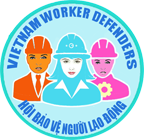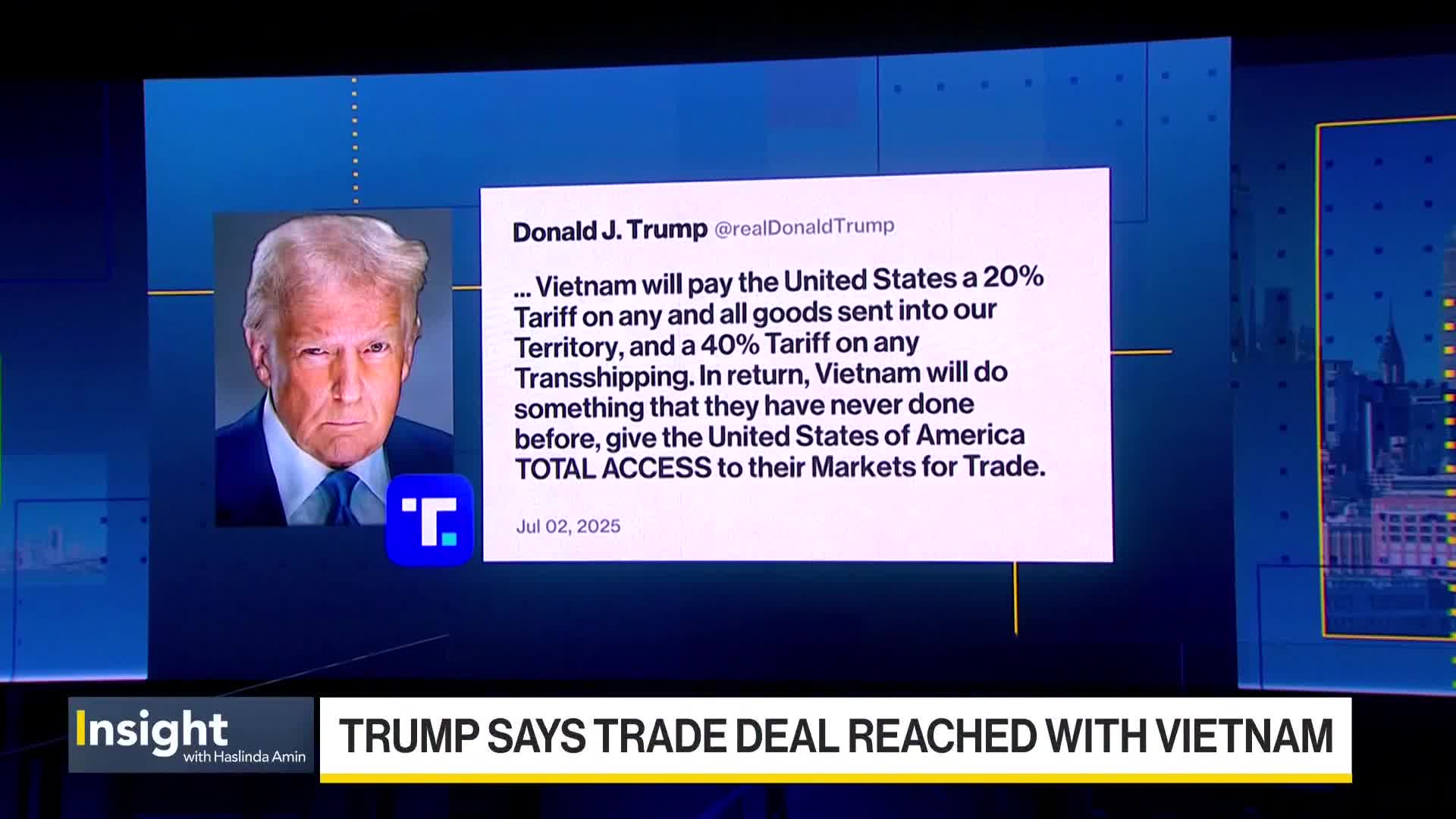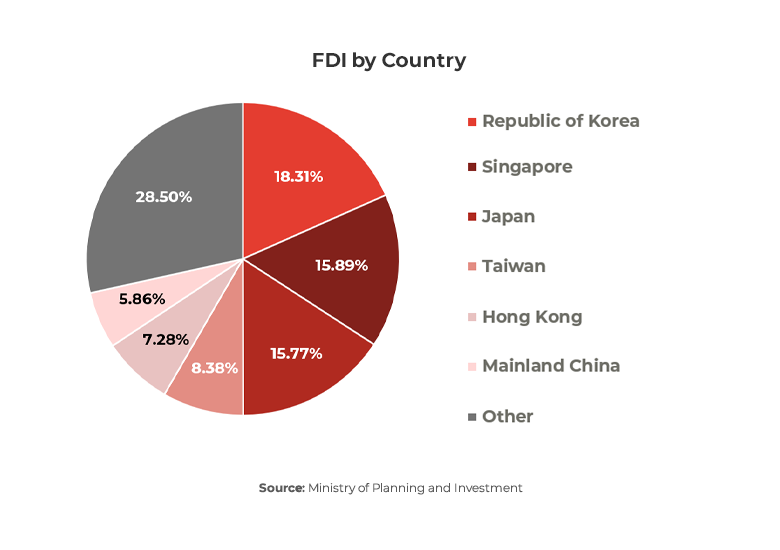The Labor Situation in Vietnam
1/ In general
According to the General Statistics Office’s report on the employment situation in the third quarter of 2022, the labor force aged 15 and above is 51.9 million people, an increase of nearly 2.8 million people over the same period of last year. The number of employed people aged 15 and above is 50.8 million, an increase of 3.5 million people compared to the third quarter of 2021. Total number of unemployed people is 1.1 million people.
Out of a total of 50.8 million employed people:
1. The services sector increased by 2.7 million people, accounting for the largest proportion with 39.0%, equivalent to 19.8 million people.
2. The industry and construction sectors increased by 1.3 million people, accounting for 33.4%, equivalent to nearly 17.0 million people.
3. The the agriculture, forestry and fishery (AFF) sector decreased by 432,500 people, accounting for the lowest proportion, 27.6%, equivalent to 14.0 million people.
According to the report, the labor force participation rate in the third quarter of 2022 is 68.7%, up 3.1% over the same period last year. Labor force participation rate in urban areas is 66.0%, while this rate in rural areas is 70.4%.
The labor force participation rates in urban areas are lower than in rural areas, and the most difference was recorded in the 55-year-old group and older (urban: 33.1%; rural: 46.6%) and the age group from 15-24 years old (urban: 35.8%; rural: 44.8%). This shows that people in rural areas entered the labor market earlier and left the market much later than in urban areas. This is a typical shape of the labor market with the structure of labor participation in the AFF sector accounting for a high proportion.
Of the more than 30 million workers employed in state-owned enterprises and foreign direct investment (FDI) companies, many are members of trade unions belonging to and supervised by the state-led federation – The Vietnamese General Confederation of Labor (VGCL). However, their income and other rights are not properly protected. Vietnamese workers suffer injustices caused by their employers daily, but the state-led trade unions refuse or do not want to intervene because, at present, Vietnamese workers still cannot form their own independent trade unions. According to the Ministry of Labor, War Invalids and Social Affairs, from 1995 to 2022 (27 years), the whole country had more than 4,100 strikes, mainly in FDI enterprises, but the state-led unions have never stood with the workers, or supported their rights to defend their interests.
There are irrational reasons why VGCL and its grassroots trade unions subordinates do not to fight to protect the interests of their union members.
1. First: VGCL is a state-led union federation established by the ruling Communist Party of Vietnam mainly to implement the party’s directions and policies. Representing the interests of workers is only its secondary goal.
2. Second: The government intentionally keeps labor cost low as an advantage to attract foreign investment in labor-intensive industries that use low-skilled workers. If the VGCL fights for workers’ wage rights, it would take away this advantage.
2/ Low income
Recently, Japan International Cooperation Agency (JICA) released a survey of Japanese enterprises investing in Southeast Asia, China and India, made between September 2021 and May 2022, to evaluate the correlation between the quality of domestic human resources and the level of income of workers in each country.
The survey results show that Chinese workers at Japanese companies enjoy the best salary with 493 USD/month (about 11.5 million VND), followed by Thailand with 446 USD (10.4 million VND). Meanwhile, those for Vietnamese and Filipino are the same at 236 USD (5.5 million VND), just slightly above their Cambodia, Laos and Myanmar peers.
Recently, due to soaring food prices, living conditions of many workers and their families have deteriorated significantly, especially in residential urban industrial zones.
They live in squalid, suffocating, and densely packed housing units. And all they do is work, eat, sleep, and repeat.
The 8-8-8 dream of eight hours each for work, leisure, and sleep is just unachievable. Because there is no money, there is no time for leisure activities, and this has long-lasting negative impact on their health and well-being.
Despite trying to suppress it, many state newspapers still had to write and publish pictures of their destitute.
1. https://laodong.vn/cong-doan/cuoc-song-cong-nhan-dang-kho-du-be-1029849.ldo
3. http://www.hanoimoi.com.vn/ban-in/Xa-hoi/874851/ngheo-nan-doi-song-tinh-than-cong-nhan
3/ Too much work time
Vietnamese workers are always in a hurry, their day starts at 5 a.m. and ends at 8 or 9 p.m. in an endless cycle, accompanying by many worries about daily necessities. The state-led trade unions are nowhere to be found when they need them.
The government-published regional minimum wage based on cost of living shows the highest rate of 22,500 VND per hour (0.90 USD) and the lowest rate of 15,600 VND per hour (0.63 USD). Based on this low rate, state-owned companies and foreign investment enterprises calculate the rate for an 8-hour work day to be between 4,000,000 VND to 5,000,000 VND/month (161 US-201 US).
This low rate does not cover living expenses even at the minimal level. Many workers have to work overtime, usually an extra of 2 hours a day, bringing the total number of working hours a day to 10 hours. Workers at many factories even work an extra of 4 hours a day everyday including Sundays, bringing the total time work week to 84 hours. With such a large amount of work time, the employees no longer have time for families, relaxation, or stamina to go back to work, and single people do not have time to find a life partner.
4/ Employees are prevented to form Workers’ Organizations allowed by law:
In November 2019, Vietnam’s National Assembly passed a new Labor Code (2019 Labor Code) which contained several important changes for the purpose of conforming to the two core conventions of the International Labor Organization: Convention 87 (Freedom of Associations and Protection of the Right to Organize) and Convention 98 (Right to Organize and Collective Bargaining); and to comply with provisions from the two trade agreements: EVFTA and CPTPP, which allow Vietnam to enjoy tax-free export of goods.
Chapter XIII of the 2019 Labor Code, Article 170.2 allows a form of freedom of association, in which workers are permitted to form workers organizations (WOs), a form of trade union not affiliated to the VGCL. However, almost 2 years after the law came into effect, Vietnam still does not have any WOs.
The main reasons are as follow:
1. The Vietnamese legal system is regulated by a set of laws, including Decrees and Circular guiding the implementation of the law. But up to this point (December 2022) The State of Vietnam has not yet issued Decrees and Circulars to guide the workers in establishing unions, do not set up agencies or organizations representing the State with a location for workers who wish to form unions/independent unions send in writing or directly to register.
2. The government of Vietnam does not widely disseminate information about the revised Labor Code of 2019, especially Chapter XIII, or the documents resulting from the EVFTA and CPTPP agreements and the eight International Labor Conventions (ILO) so that employees can easily access and thereby becoming aware of their rights to form independent unions. The Vietnam government also did not reach out to or call on companies (the employers) to create favorable conditions for workers to establish independent unions.
3. At the same time, the government of Vietnam also intentionally prevents workers from establishing independent unions by using state-controlled media to deter workers and falsely accuse independent trade unions (if established) of being “reactionary organizations in disguise” making workers intent on campaigning to establish independent unions fear being fired or persecuted in many ways.
In addition, because Vietnam’s political system is one-party and the party is totalitarian, any organization or association operating without the organization and management of the ruling party is not recognized by the totalitarian state. So even though there is no established independent trade union, the Vietnamese state media and the police have published many articles alleging that independent trade unions are in fact political organizations in disguise aiming to overthrow the government. This accusation makes workers reluctant to form independent trade unions for fear of being accused of political motivation.
All of the above reasons explain why 2 years have passed since the date of Vietnam’s revised Labor Code became law, Vietnam still does not have independent unions as required by EVFTA and CPTPP!
Vietnam Worker Defenders
March 23, 2023
Share this article
Follow us
13 Comments



cheap enclomiphene usa discount
cheap enclomiphene generic a canada
générique kamagra en ligne
acheter kamagra sans ordonnance
how to buy androxal generic in us
androxal shipped over night without a perscription
ordering dutasteride generic online canada
cheap dutasteride generic next day delivery
get flexeril cyclobenzaprine australia where to buy
order flexeril cyclobenzaprine buy from canada
get gabapentin generic online pharmacy
ordering gabapentin generic sale
get fildena uk no prescription
cheapest buy fildena generic available
cheap itraconazole generic name
over the counter itraconazole
discount avodart generic where to buy
generic avodart in the uk
order staxyn cost usa
buy staxyn american pharmacy
ordering rifaximin price discount
online order rifaximin generic now
purchase xifaxan buy generic
get xifaxan cheap genuine
kamagra bez lékařského předpisu online s doručením přes noc
kamagra austrálie přes přepážku